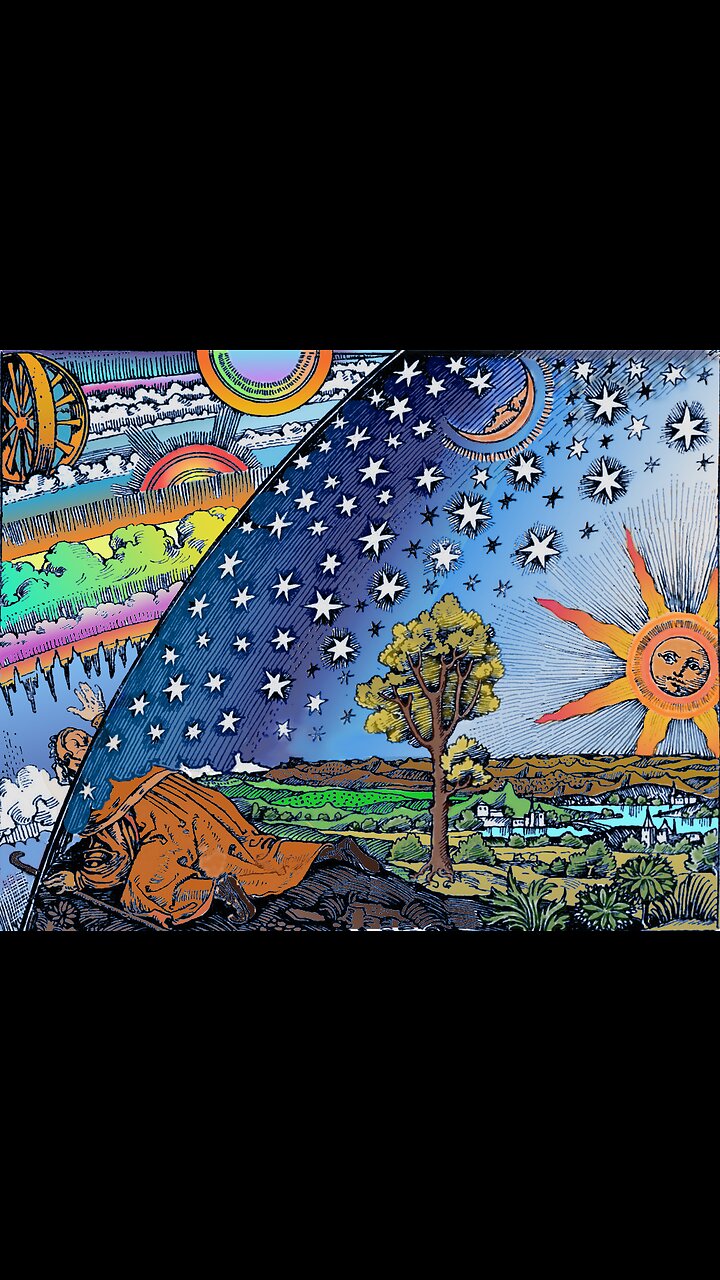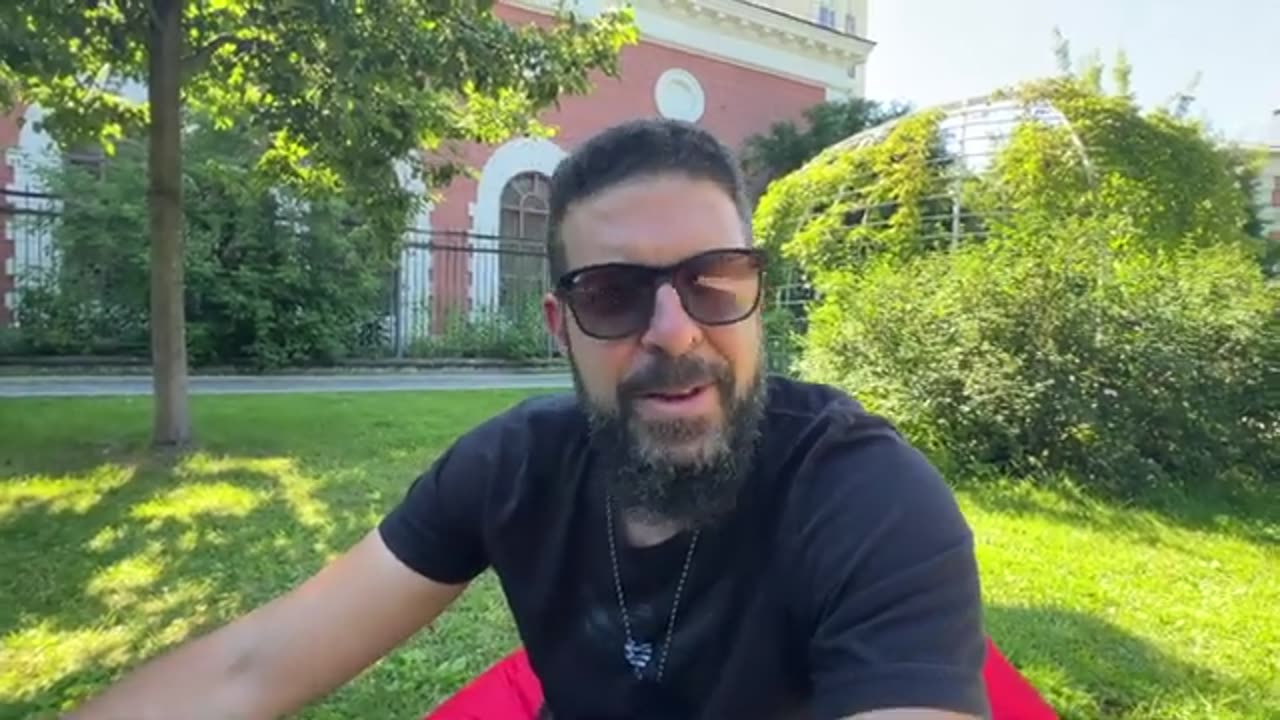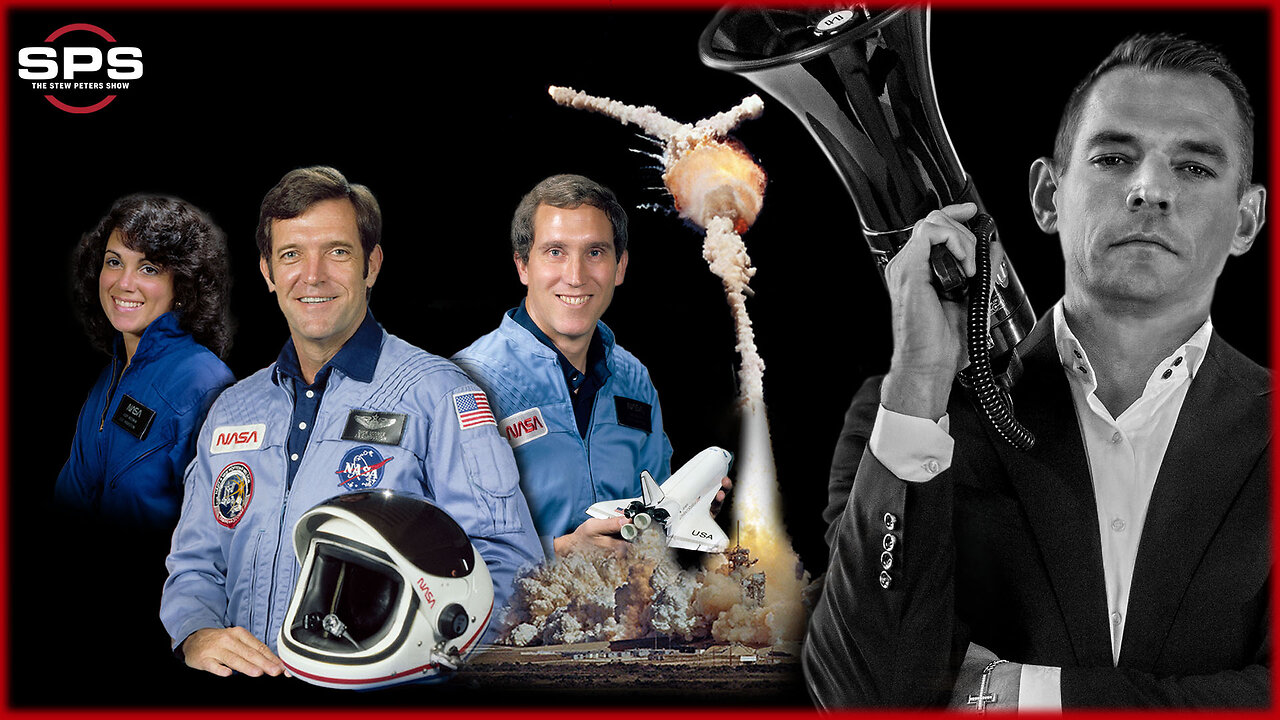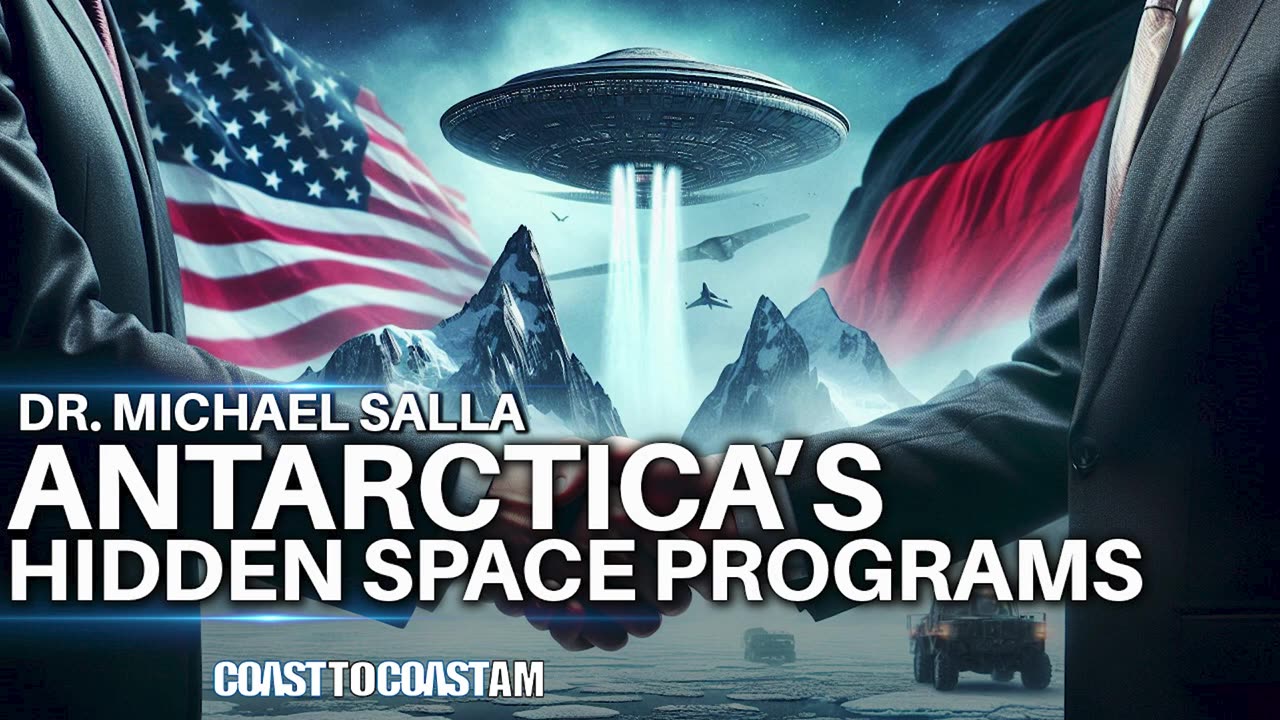Up next
Physics 101 - NASA Fantasy Math Scrutinized
Tucker Reacts to Trump vs. Biden Debate During Sydney, Australia Speech
Cosmic Skeptic Traps William Lane Craig With Biblical Genocide Question
Terrence Howard and Eric Weinstein Debate on Physics on The Joe Rogan Podcast
CNN DEBATE: BIDEN’S EPIC FAIL Dinesh D’Souza Podcast Ep 864
CNN CAUGHT ON CAMERA CHEATING DURING DEBATE FOR JOE BIDEN ⚠️
Watch Kamala Harris Get Pissed as CNN Host Points Out Debate Disaster
DarkJournalist - Final Election 2024: America vs. Deep State COG Space Force Op!
SHOULD YOU CELEBRATE CHRISTMAS? THE VIDEO THAT ENDS THE DEBATE
OWNED:THIS GUY BROUGHT THE RECEIPTS TO BATHROOM DEBATE.- @ TOWN HALL
Chat with Radio Free America about #911 Debate and "conspiracy theories"
"Saturday Night Cosmic Hookah Lounge" ft The Boys 8/20/22
Space Programs and UFOs - The Antarctica Conspiracy Exposed!
Debate over COVID Failures Gets Tense | Chris Cuomo
Eric Weinstein & Terrence Howard Debate One Times One Equals Two On The Joe Rogan Podcast
NASA Reveals Aliens Are Among Us #aliens #shorts
JAMES WEBB Discovered Cosmic Star Cluster #jwst #shorts #jameswebbspacetelescope
Supernova Explosion To Take The Night Sky All Over The The World
WOW! Hunter Biden Now Poised To Overturn Unconstitutional Federal Gun Law
Researchers Have Opened a Cave Sealed for Millions of Years and Made This Discovery!
Presidential Immunity And More Debate Fallout | 538 Politics Podcast
The Blue Beam Project: Uniting the World with a Hoax Threat from Outer Space
Kari Joins Piers Morgan To Break Down the Presidential Debate
Cosmic Horror-The Time of Cthulhu
Zherka x Myron Why Women Deserve Less LIVE Debate
@FreshFitMiami x Zherka DEBATE Women on the STREETS *LIVE*
Laughter in studio as politicians clash in general election TV debate
The first Trump-Biden 2024 debate: Mumbles, lies and not a factcheck in sight
Is RFK Jr. a factor after Thursday’s debate?| The Hill
Robert F. Kennedy Jr. calls first presidential debate ‘depressing’
Hurricane Beryl turns into dangerous category 4 storm in time-lapse from space
Trump long mocked Biden as a weak speaker. Now he’s praising Biden’s debate skills
Biden returns to campaign trail as pressure grows after debate performance
Watch: Chinese space rocket launches accidentally and crashes in flames
Monday LIVE: Debate Fallout, Bitchute Modernizes, Lebanons Dead Zone, etc
Joe Biden and Donald Trump clash in first 2024 presidential debate
Joe Biden addresses debate blunders but says he can beat Trump
Showdown Fallout: Biden and Trump Hold Rallies After CNN Presidential Debate Disaster
#1 Most Shameful Biden Debate Moment | Sage Steele
Is this Trump's funniest debate moment ever?
JWST's Discovery of Warped Supernova Poised to Resolve Enduring Cosmic Debate #nasa #space
JWST's Discovery of Warped Supernova Poised to Resolve Enduring Cosmic Debate #nasa #space The James Webb Space Telescope has unveiled a cosmic spectacle: two supernovas in a distant galaxy, visible as it was 10 billion years ago. This extraordinary sight could be the key to solving a longstanding debate about the universe's expansion rate, a topic stirring considerable excitement in the scientific community. These celestial bodies were captured by both the Hubble and James Webb Space Telescopes, thanks to gravitational lensing. This phenomenon, where a galaxy cluster's massive gravitational pull warps space into a lens-like shape, magnifies and distorts light from far-off galaxies, offering us a unique view of the cosmos. The story began in 2016 when Hubble first imaged galaxy MRG-M0138, its light warped into five images by the gravitational lens of galaxy cluster MACS J0138.0-2155. In 2019, a bright supernova in MRG-M0138 caught astronomers' attention. Named "Requiem," this was a Type Ia supernova, a stellar explosion marking the end of a white dwarf's life. James Webb's recent observations brought another revelation: a second Type Ia supernova, dubbed "Encore," in the same galaxy. This discovery marks MRG-M0138 as the most distant galaxy with two observed Type Ia supernovas, offering a unique opportunity to delve into one of cosmology's biggest mysteries: the Hubble constant. The Hubble constant represents the universe's expansion rate. Current methods yield two conflicting values, suggesting either measurement errors or unknown physics at play. The cosmic microwave background suggests a rate of 67.4 km/s per megaparsec, while Type Ia supernovas indicate 73.2 km/s per megaparsec. The lensed supernovas in MRG-M0138 offer a new angle. As their light reaches Earth via different paths, they can provide insights into the universe's expansion history. But there's a twist: the final images of these supernovas, essential for accurate measurements, won't appear until around 2035. This delay turns anticipation into a scientific virtue. When these images finally emerge, they could resolve the Hubble tension, offering a definitive answer to whether it's a mere experimental error or a sign of new cosmic phenomena. As we await this celestial event, astronomers worldwide remain poised for a groundbreaking revelation that could redefine our understanding of the universe. Subscribe to Science Time: https://www.youtube.com/sciencetime24
- Top Comments
- Latest comments

















































